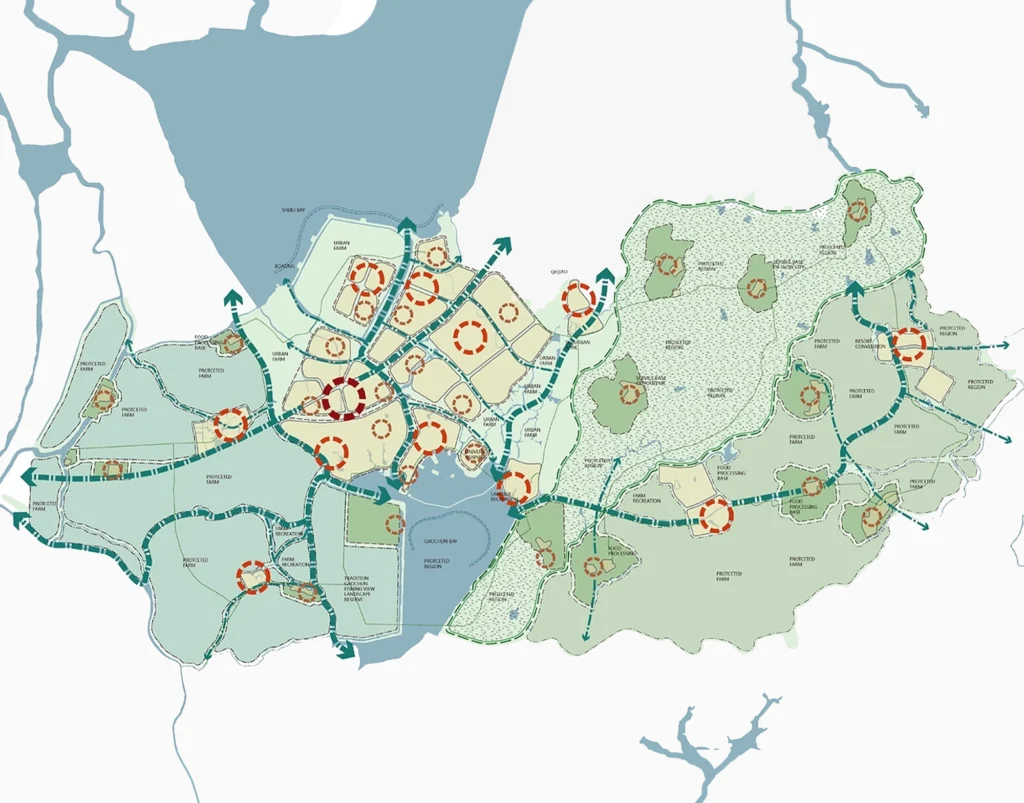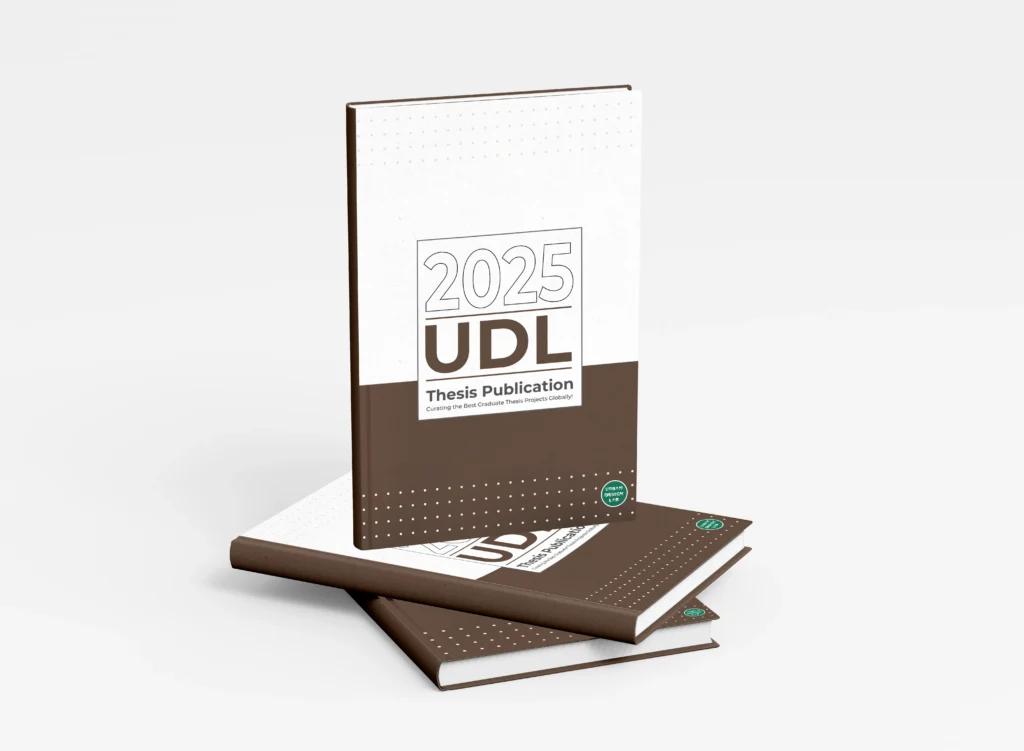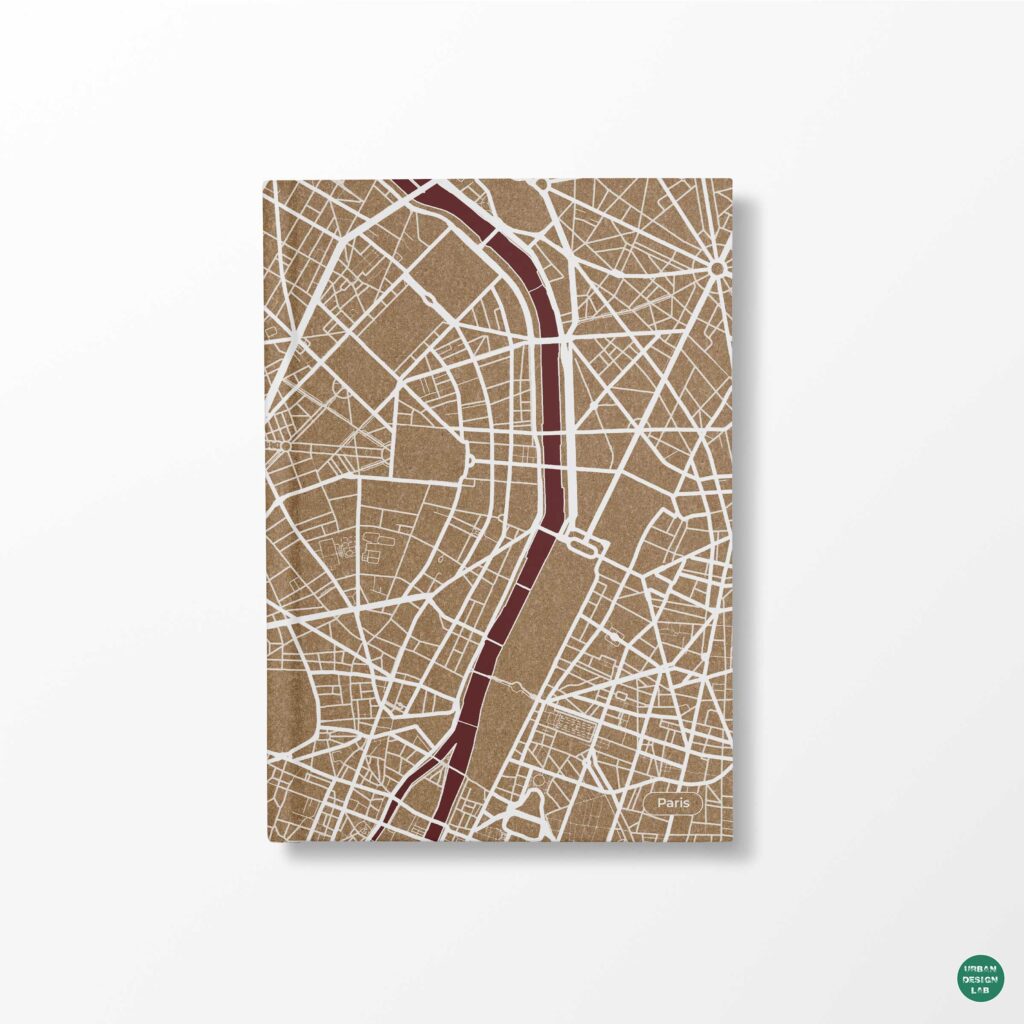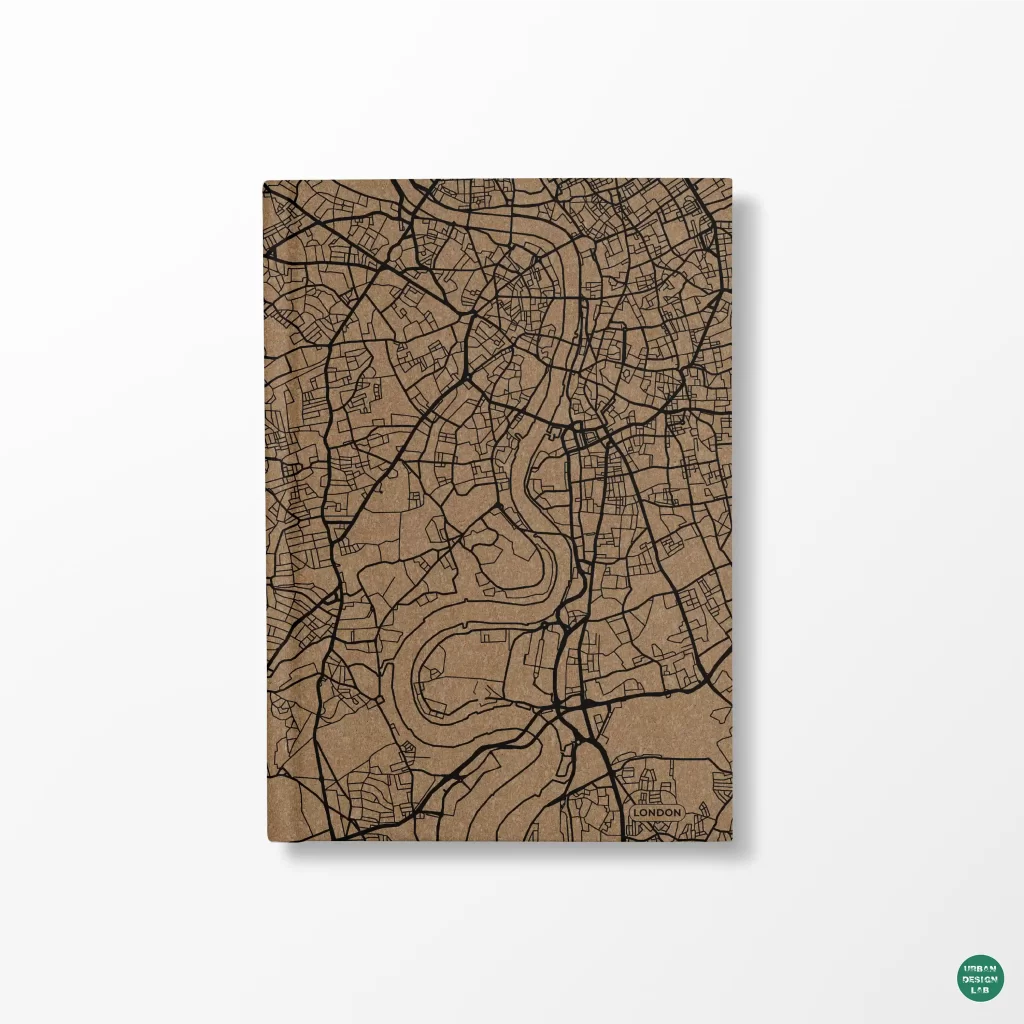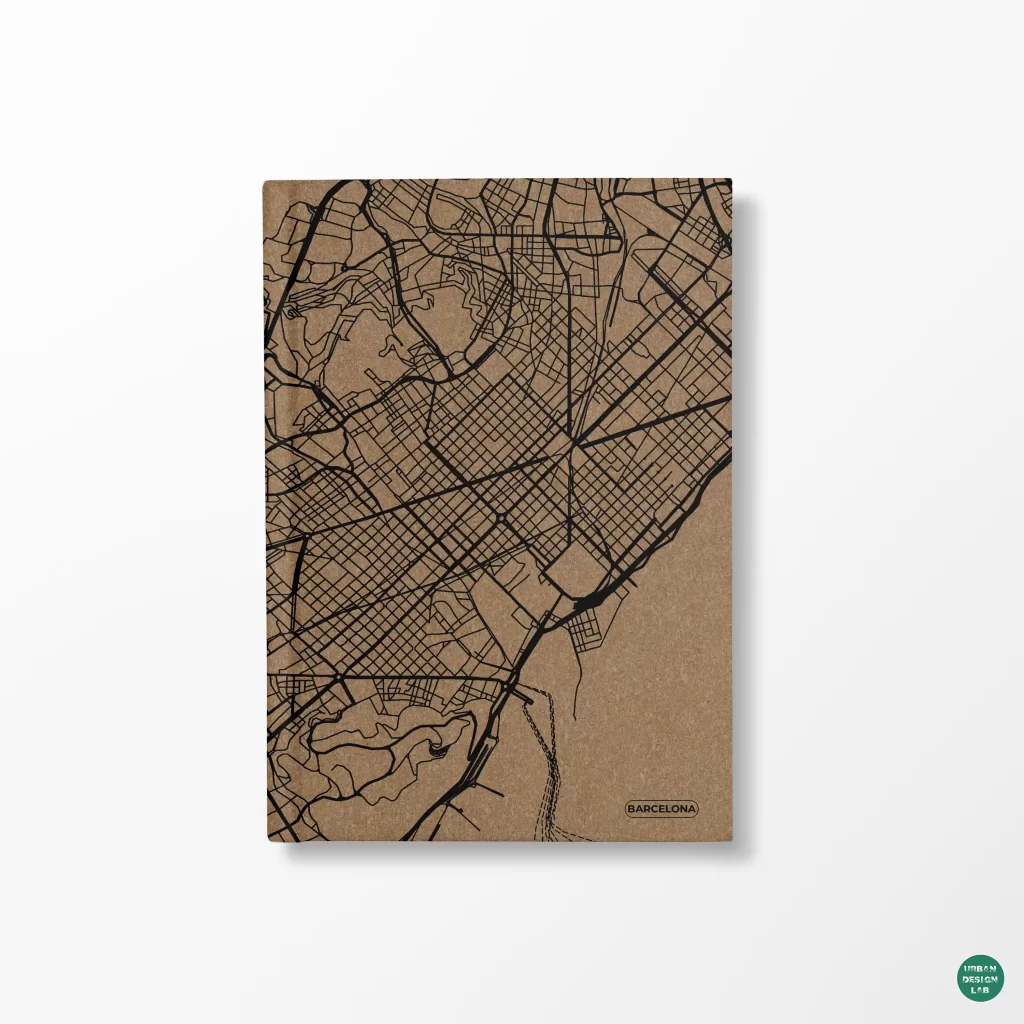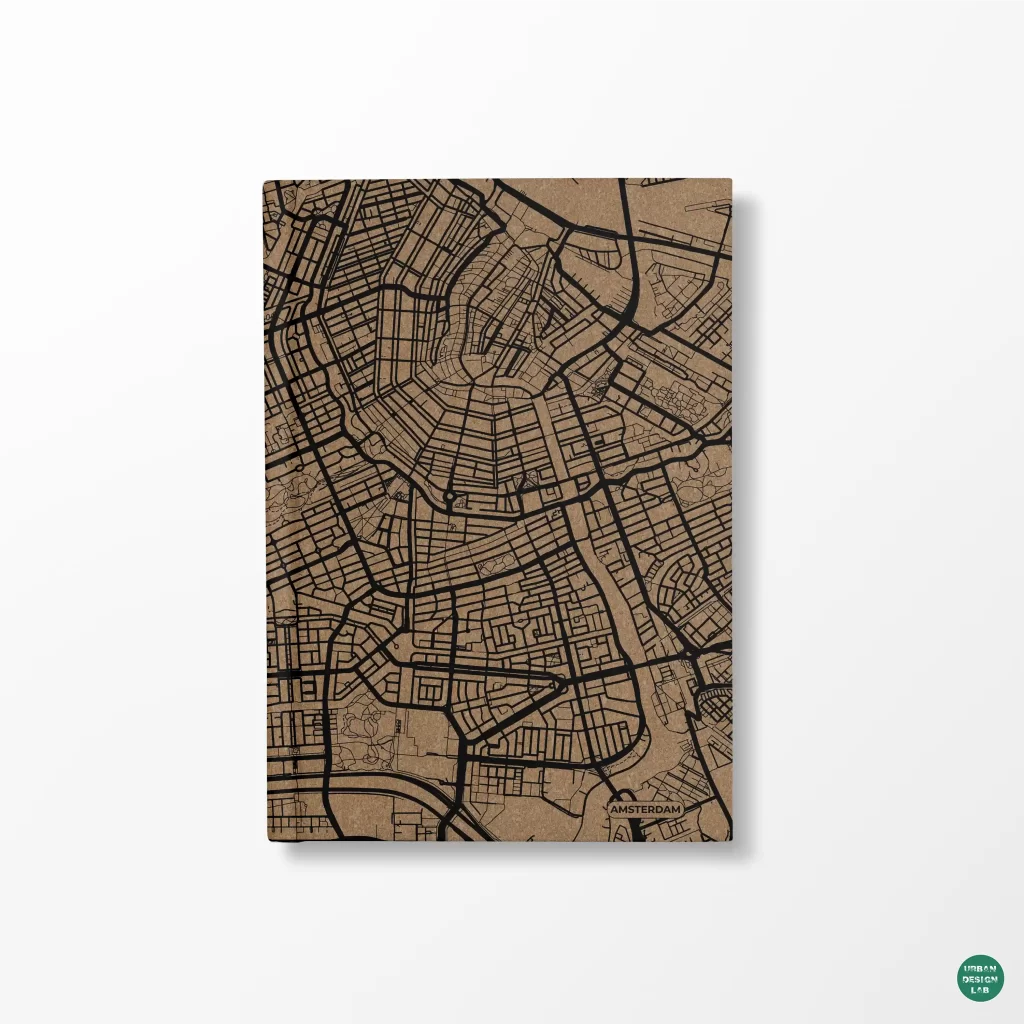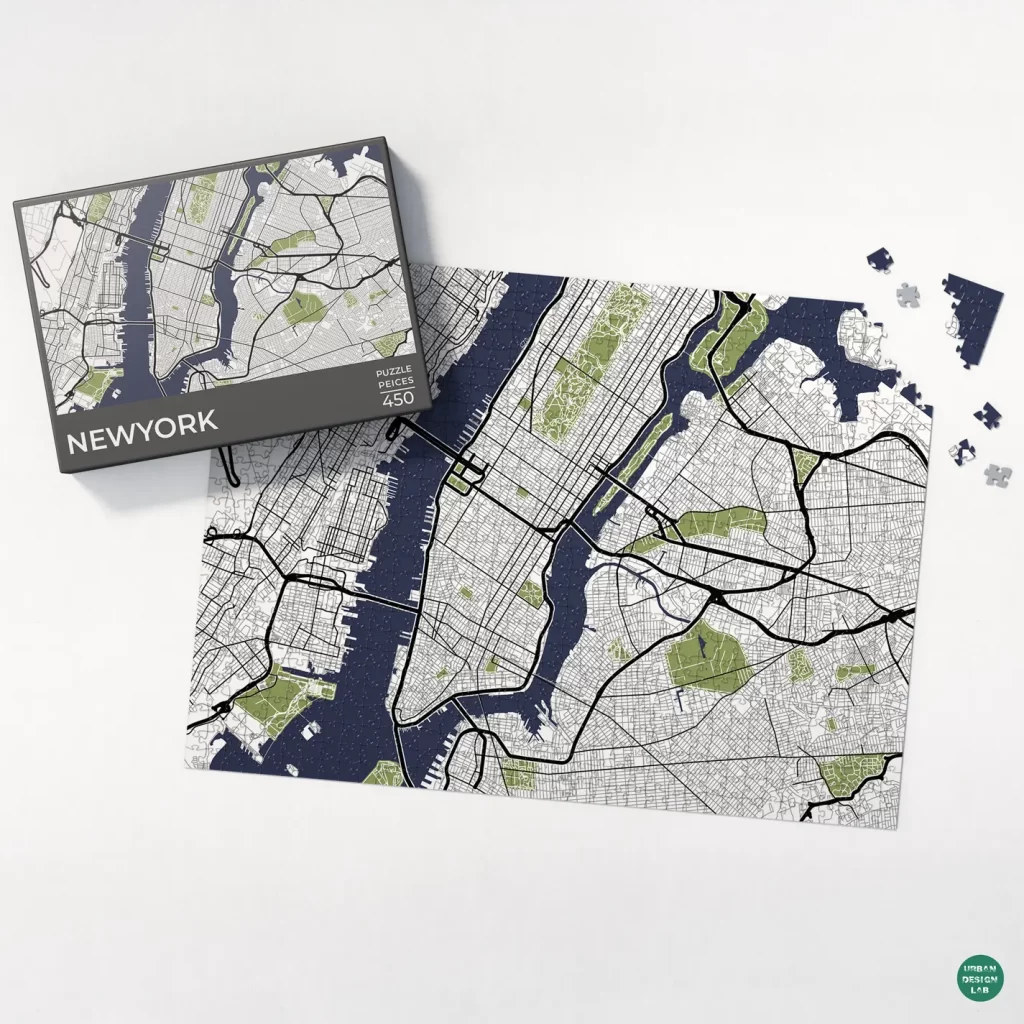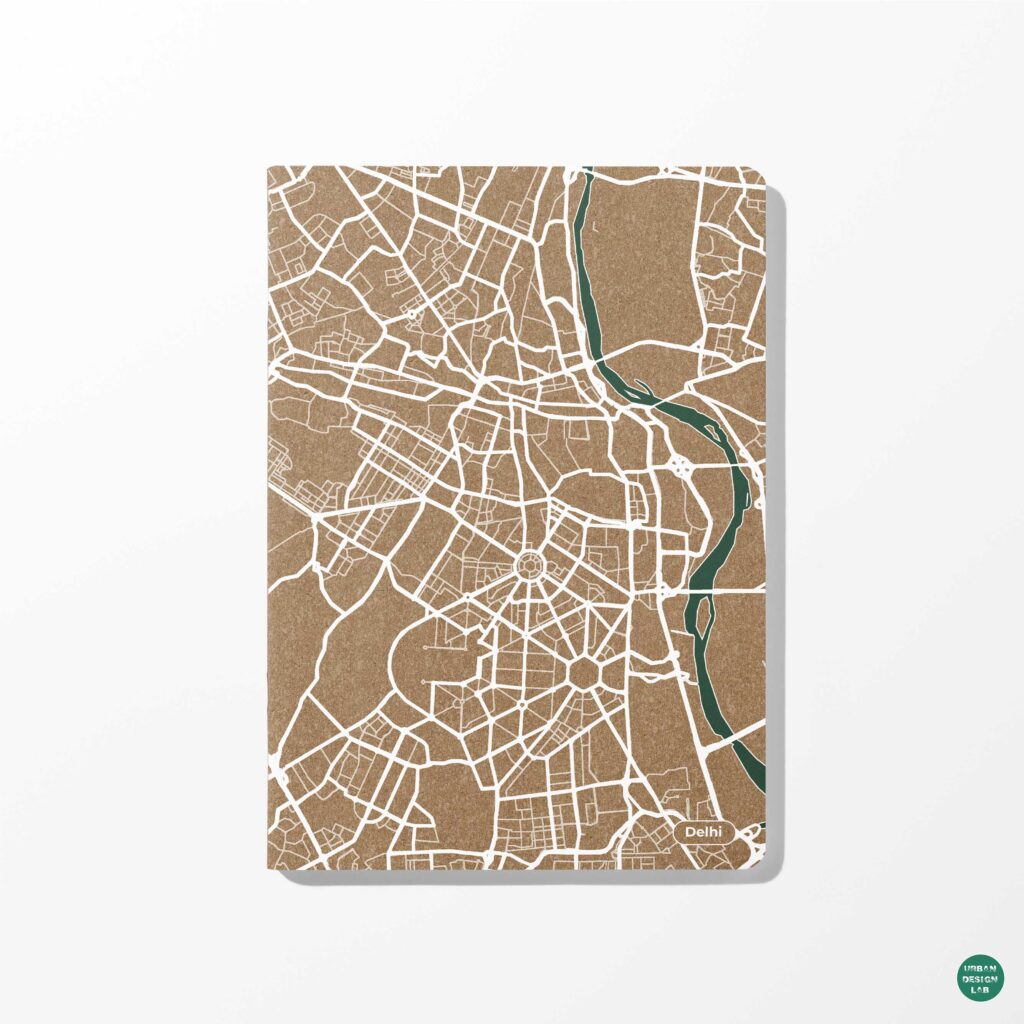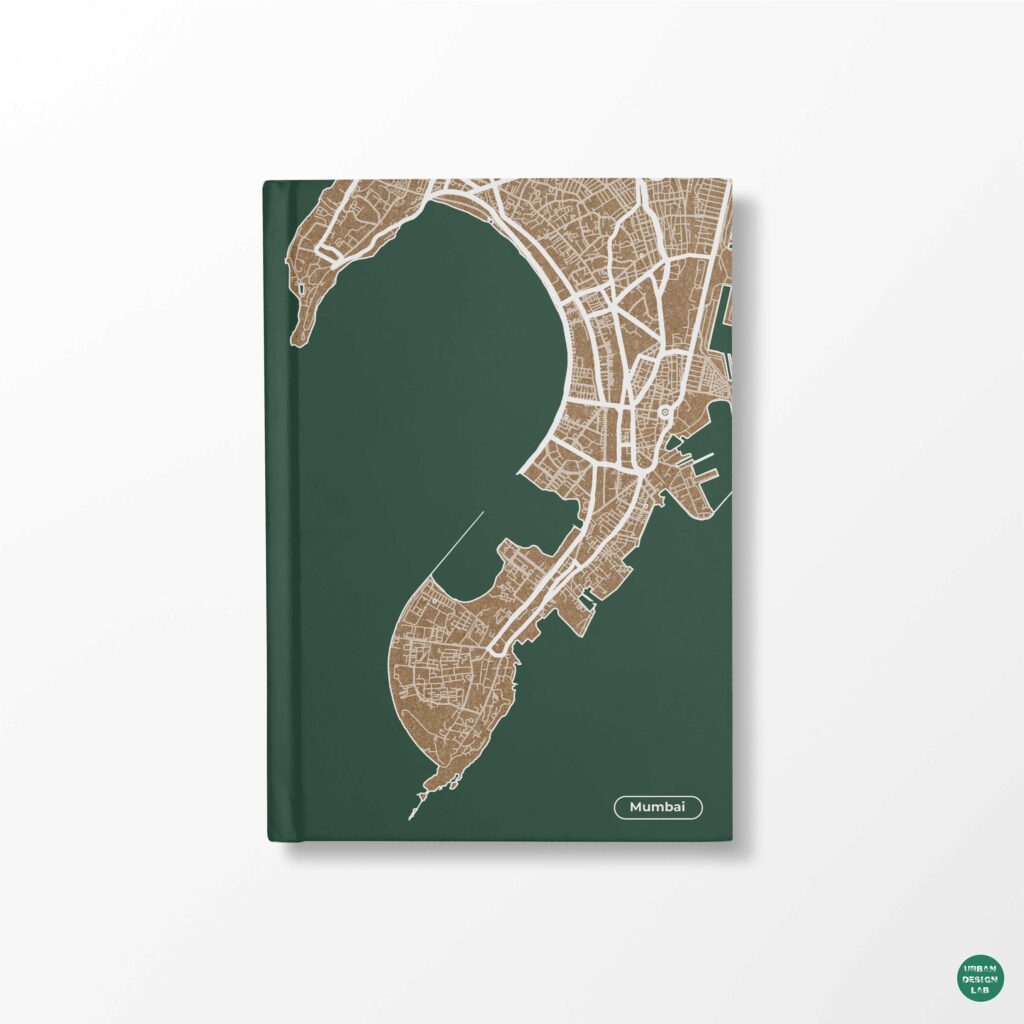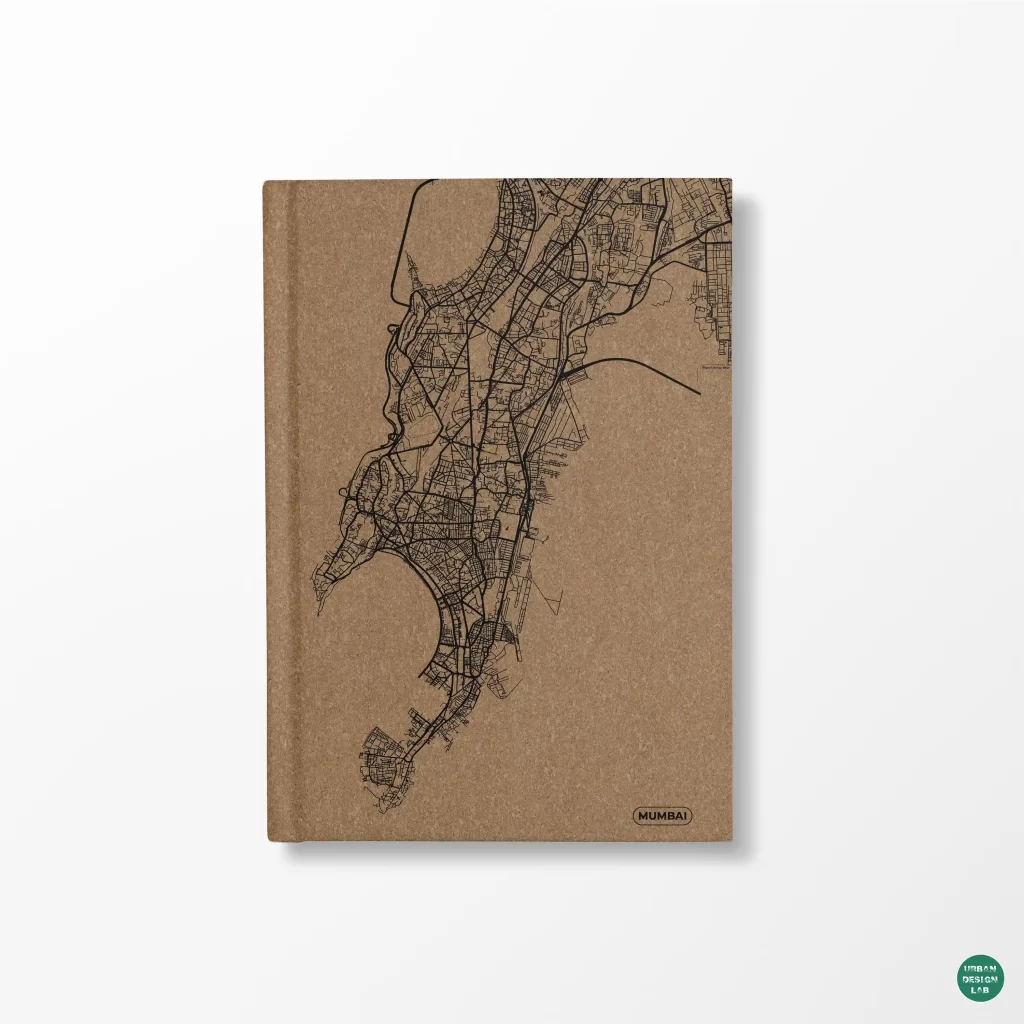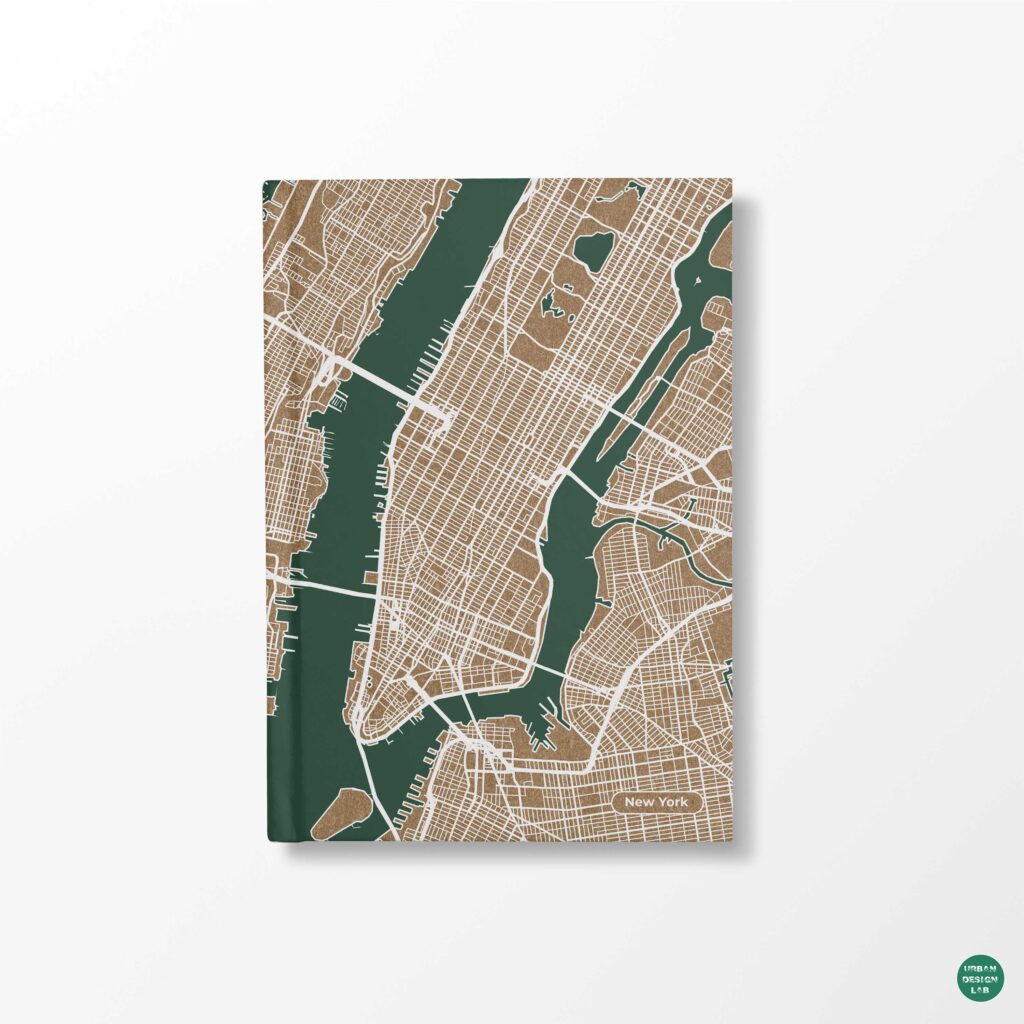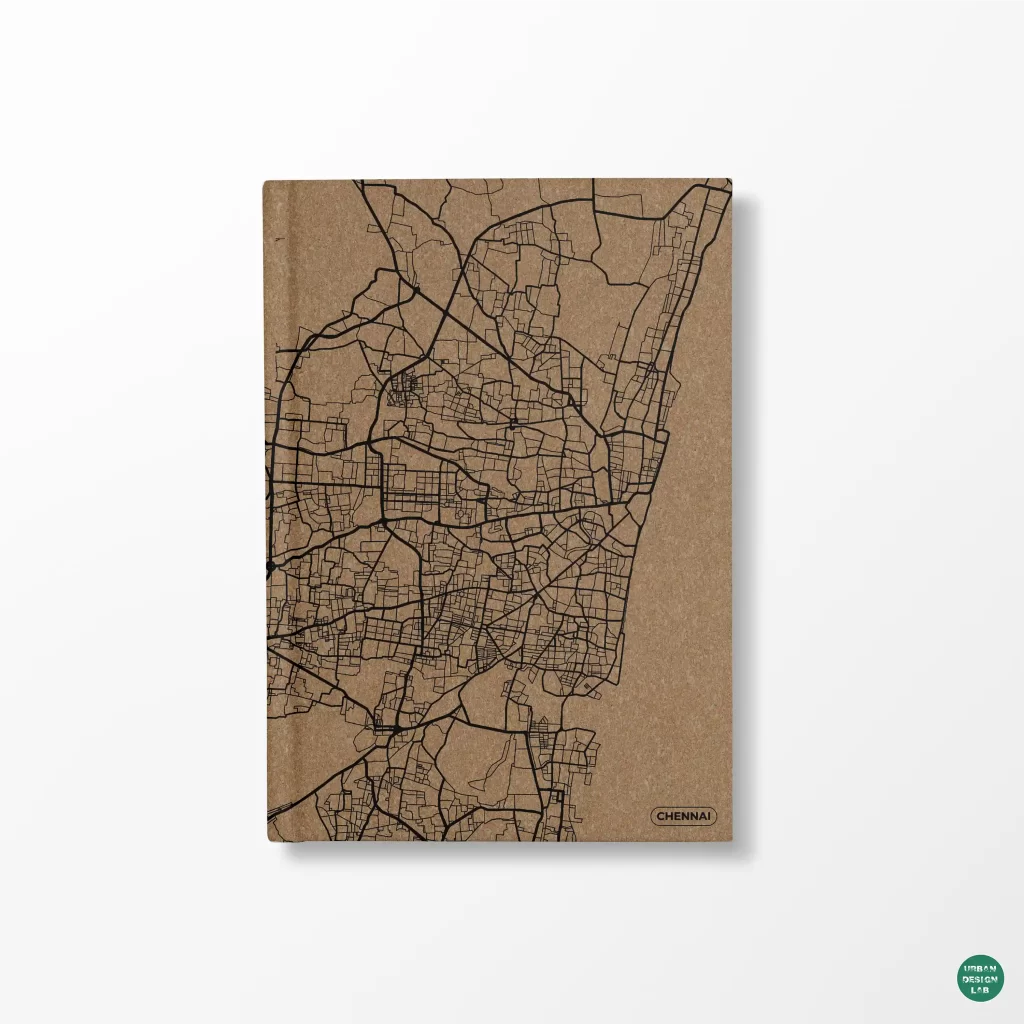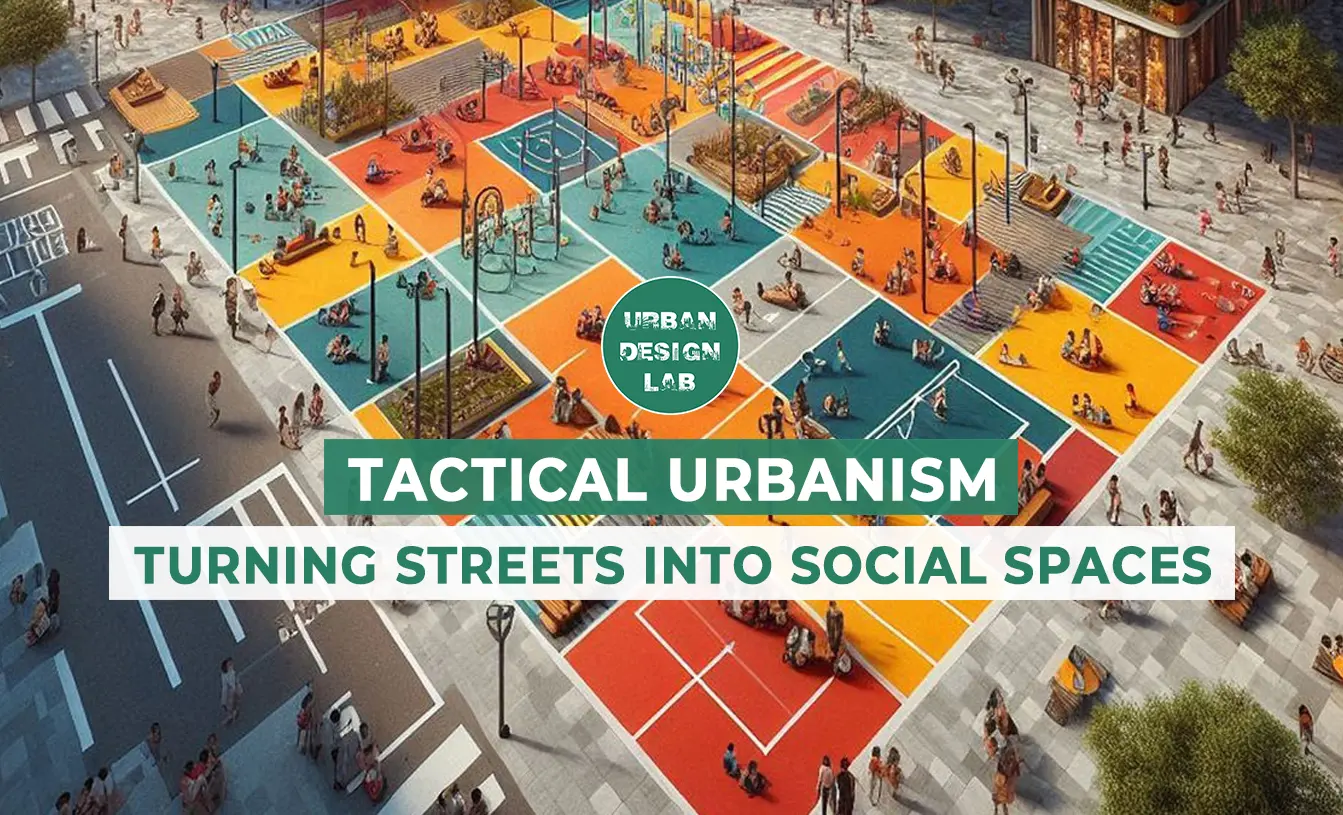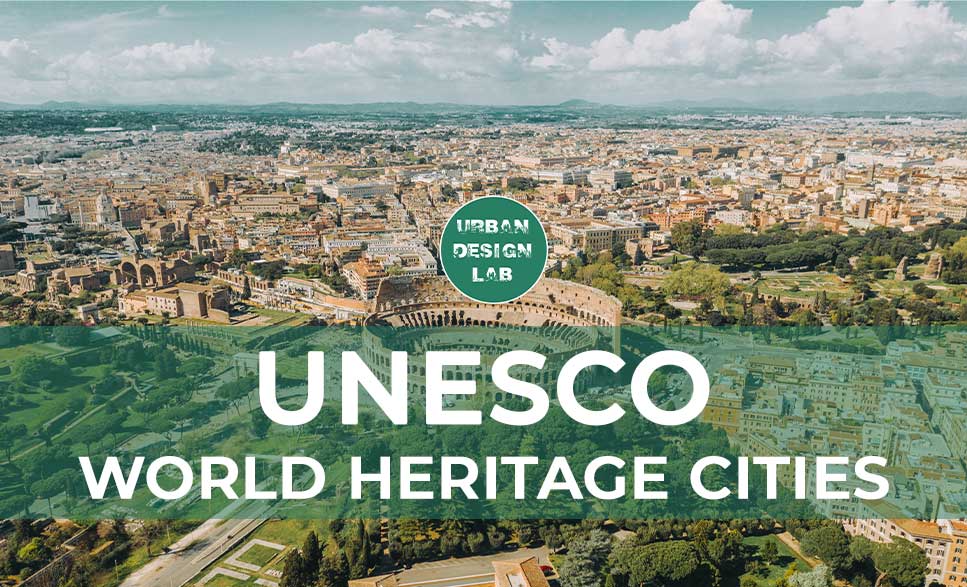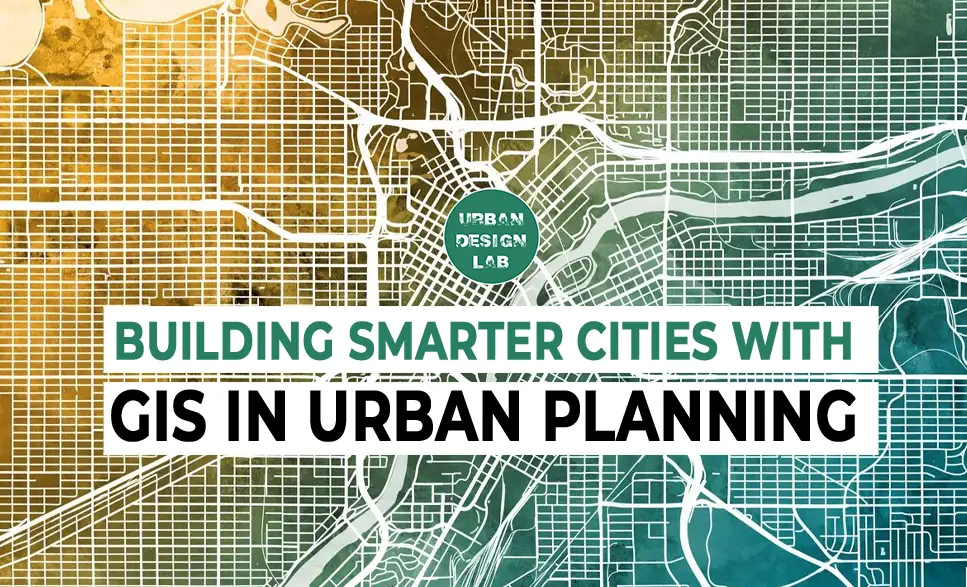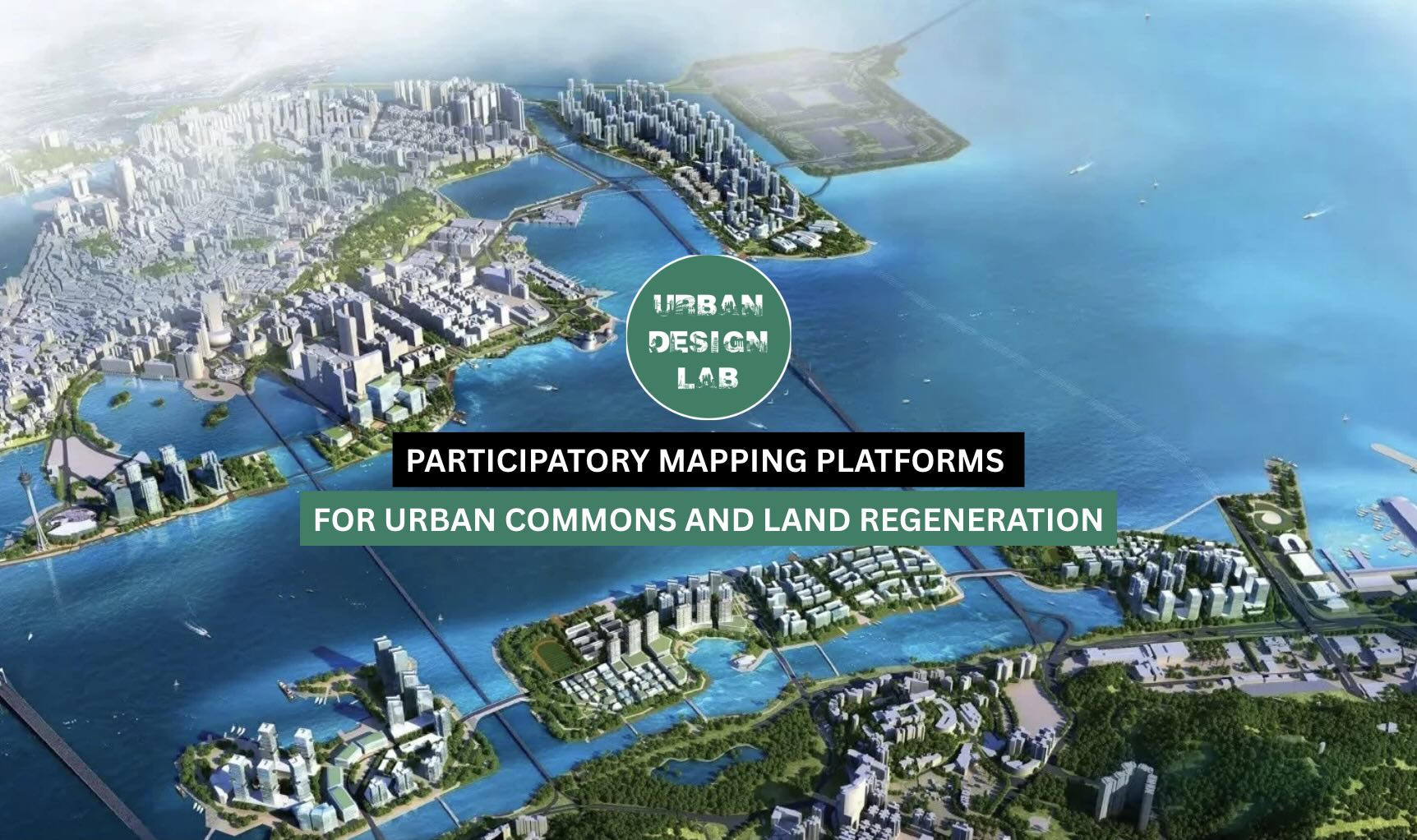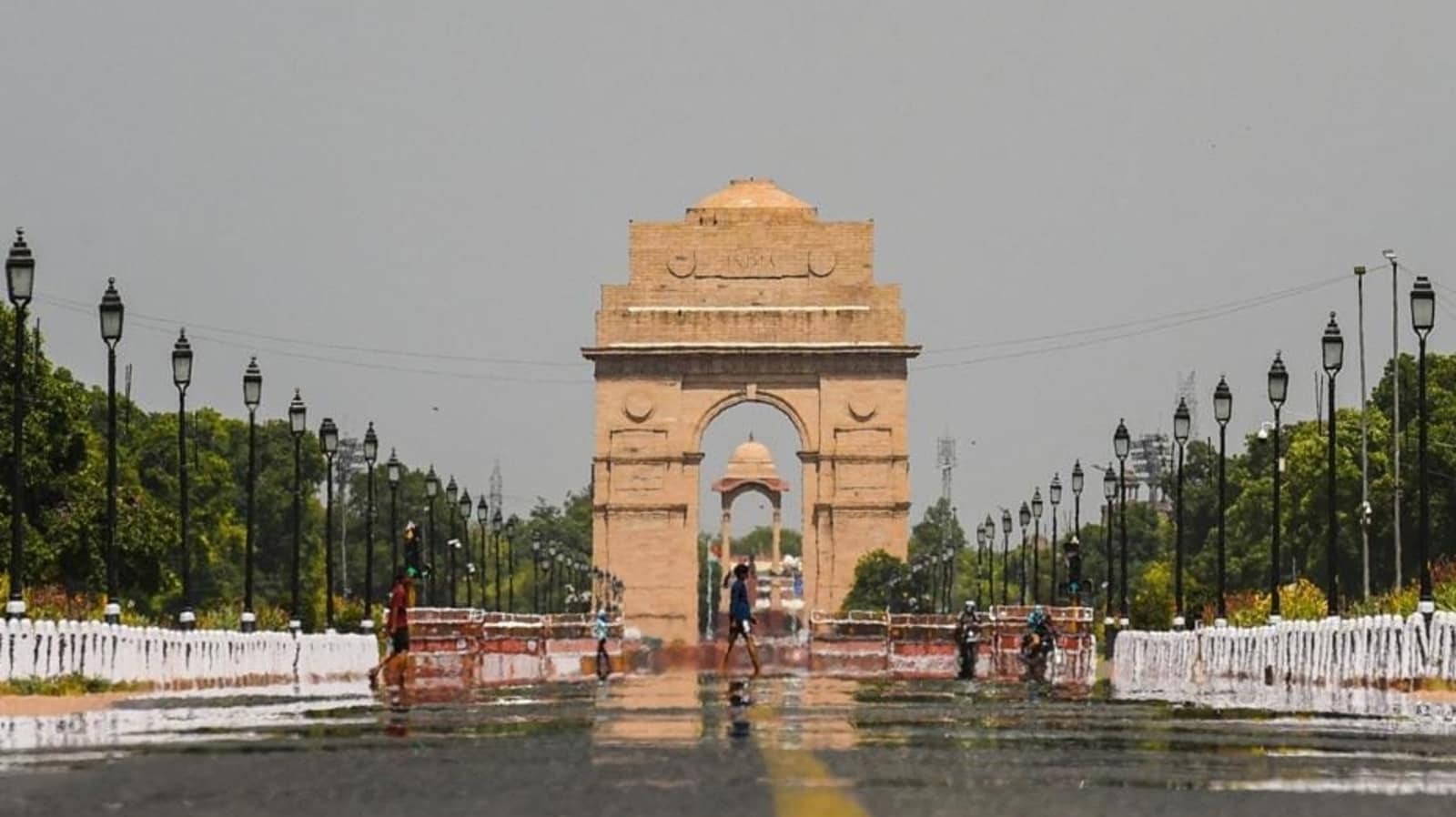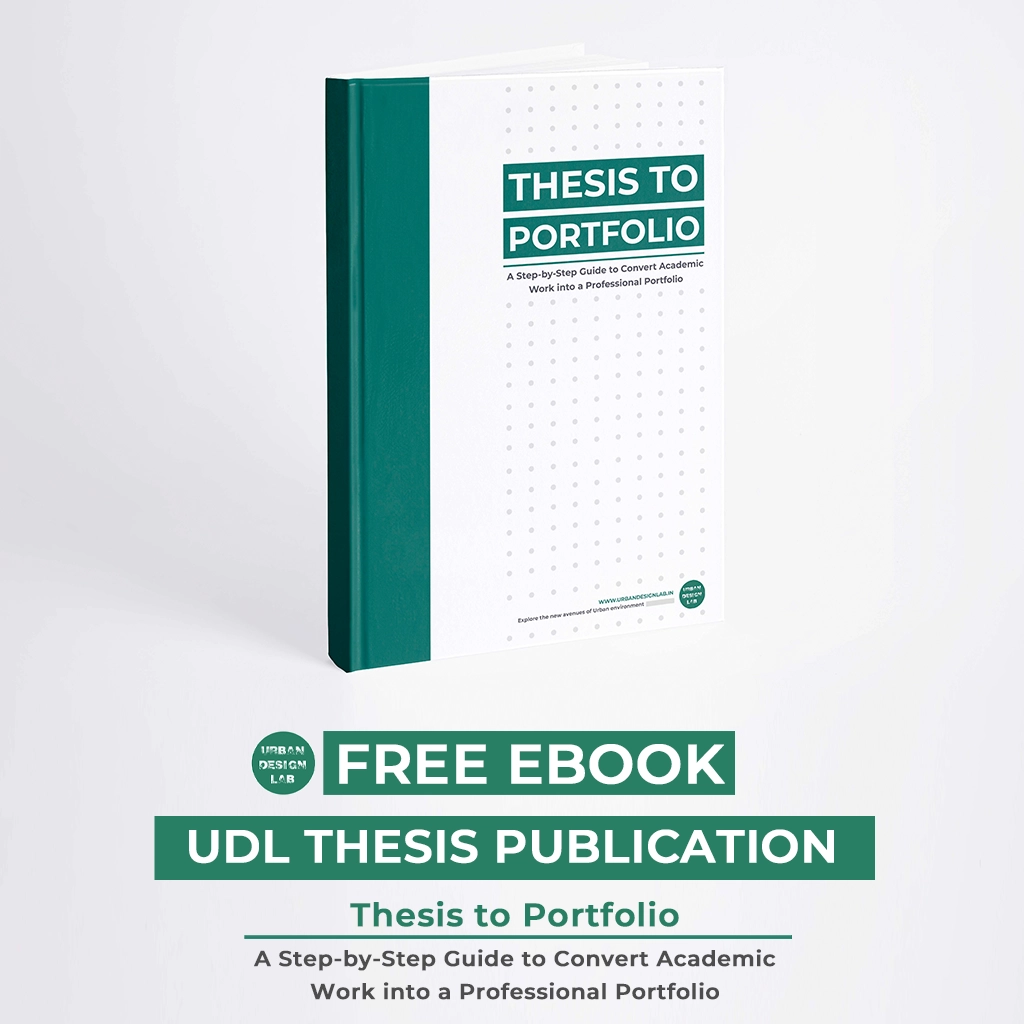
Barcelona Bans Airbnb: What This Means for the City’s Tourism in 2028
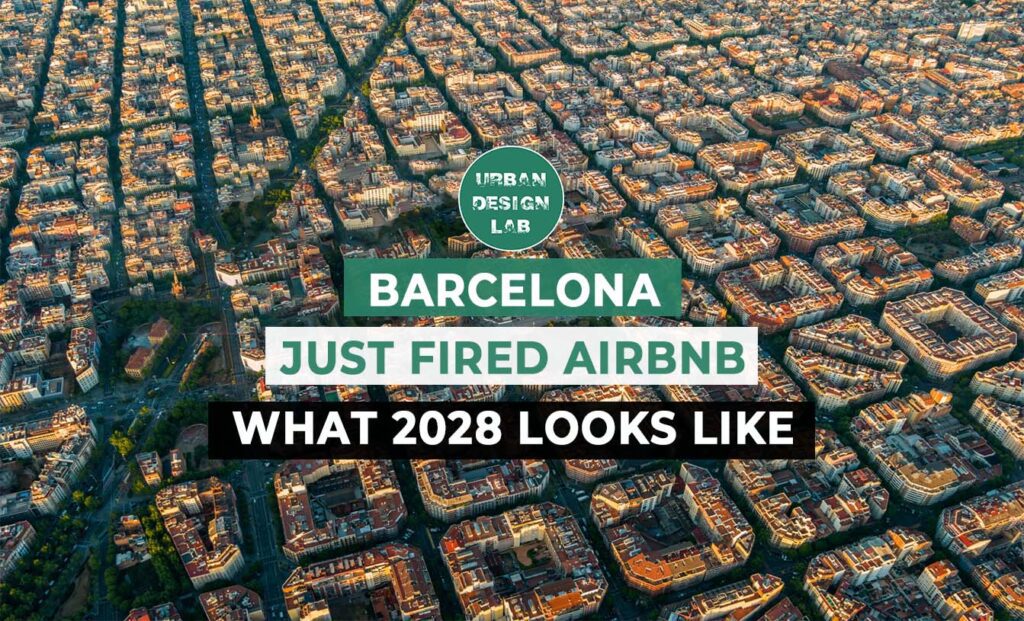
For more than a decade, Barcelona has been a world ground zero for a war between a booming tourist economy and local living standards. This article examines the city’s most ambitious policy response yet to date: the historic decision in mid-2025 to de facto prohibit short-term tourist rentals (STRs) by refusing to renew their licenses, a phase-out to be finished by November 2028. This study makes a forward-looking examination, forecasting the probable changes in Barcelona’s housing market, local community character, tourism economy, and urban governance by 2028. Through synthesis of current literature on the “Airbnb effect” and results of comparable, smaller-scale regulations elsewhere, we forecast a city with a balanced rental market and renewed communities. The article contends that this prohibition, though economically dislocating, is a conscious and influential effort to put residents’ right to housing ahead of the revenue from tourism, presenting a strong—and possibly controversial—template for other cities around the world grappling with over tourism.
Introduction
In the narrow streets of Barcelona’s Gothic Quarter, a stenciled protest placard many times reflects the city’s core dilemma: “Your Tourist Trip, My Daily Misery.” This is the result of years of growing friction between a booming tourism industry, fueled by platforms such as Airbnb, and those residents enduring its costs. Barcelona has been at the forefront of an international debate, a real-world laboratory for the effects of platform-based tourism on housing prices and local identity.
Following decades of smaller town-hall wars, the city council took a seismic move in mid-2025. Under an unsustainable housing emergency, it said it would not renew the operating permits for Barcelona’s 10,101 registered tourist flats. The scheme effectively eliminates the whole sector by November 2028, leaving Barcelona the first big European city to make this kind of dramatic move.
This article transcends the salient headlines of this ruling to pose a fundamental question: What will Barcelona be like, feel like, and work like in 2028? This is not policy analysis; it’s forecasting an urban future, a looking at a city deliberately trying to reclaim itself for its people.
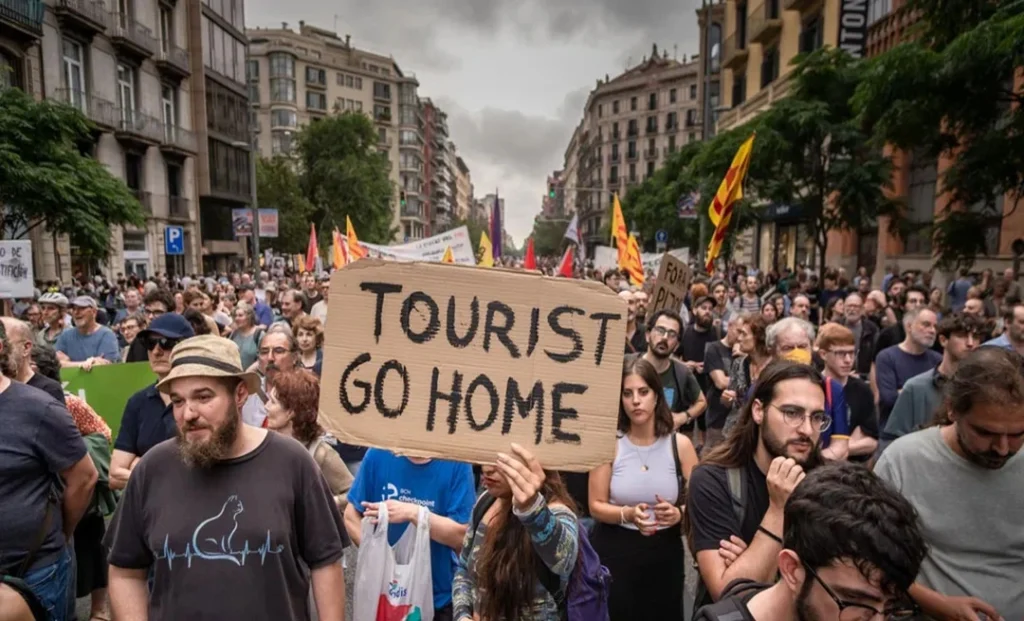
The Boiling Point: A Background on Barcelona's Tourism Crisis
The 2025 prohibition was not an unexpected event but the culmination of an existing crisis. After the 1992 Olympics, Barcelona became a world-class tourist destination. The entry of short-term rental websites in the late 2000s poured gasoline on the fire, making tourism accommodation more democratic but also commodifying residential housing on an unprecedented level.
- Housing Market Distortion: Studies by researchers such as David Wachsmuth have revealed that there is a direct relation between STR density and increasing long-term rental prices. Residential properties were reallocated from the local market to the more profitable tourist market, producing artificial shortage and pushing local residents out.
- Erosion of Neighborhood Character: The fabric of historic neighborhoods such as Ciutat Vella, Gràcia, and Eixample started to unravel. Traditional bakeries and butchers were replaced by souvenir shops and bicycle rental outlets.
- Prior Regulatory Efforts: Barcelona had attempted to hold the issue in check previously. Its 2017 Special Urban Plan for Tourist Accommodation (PEUAT) was intended to limit and scale back licenses within the city center. Nevertheless, ongoing pressure on the housing market resulted in policymakers deciding that mere containment would not suffice, and that the dramatic measure of a complete phase-out was necessary.
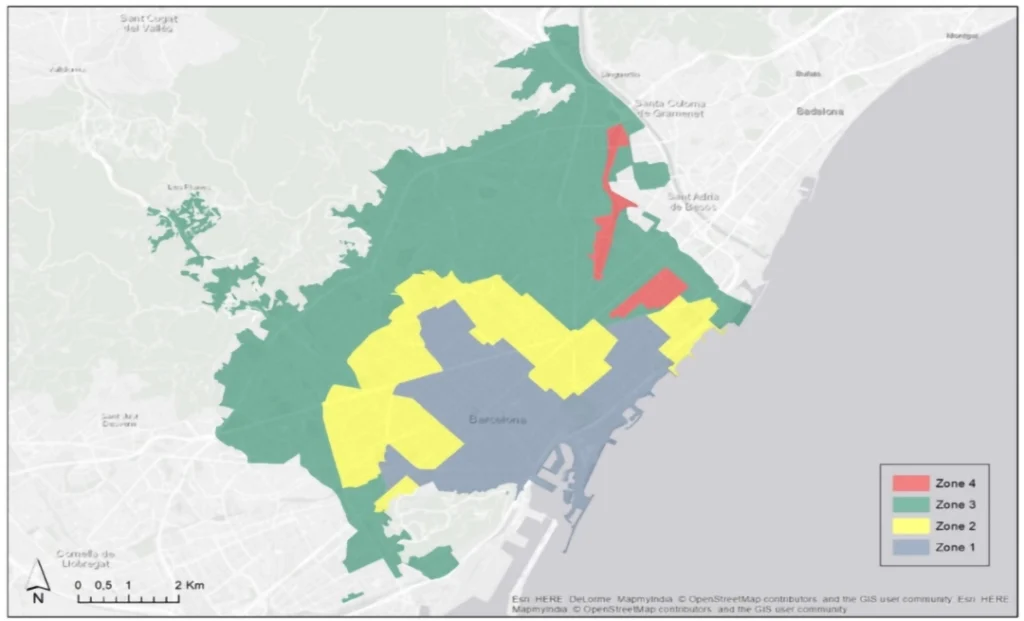
Source: Website Link
Projecting Barcelona in 2028: A Multi-Faceted Analysis
By November 2028, once phase-out is complete, the effects of this policy will be readily apparent on the city’s urban landscape.
The Housing Market Rebalances
The housing supply will experience the most immediate effect. The return of around 10,000 apartments to the long-term rental market is a huge supply shock.
- Rent Stabilization: Although not a cure-all for every affordability concern, this injection is set to substantially temper the rental market in the hardest-hit central areas. We foresee a stabilizing, and in certain locations, a modest decline, in mean rental rates, serving as a welcome respite for local residents, students, and young professionals.
- A Change of Hands: The model for much small-scale property investment based on high-yield tourist rental will cease to be viable. This is likely to unleash a flood of property sales, potentially unlocking housing for first-time buyers and dispersing concentrated ownership.
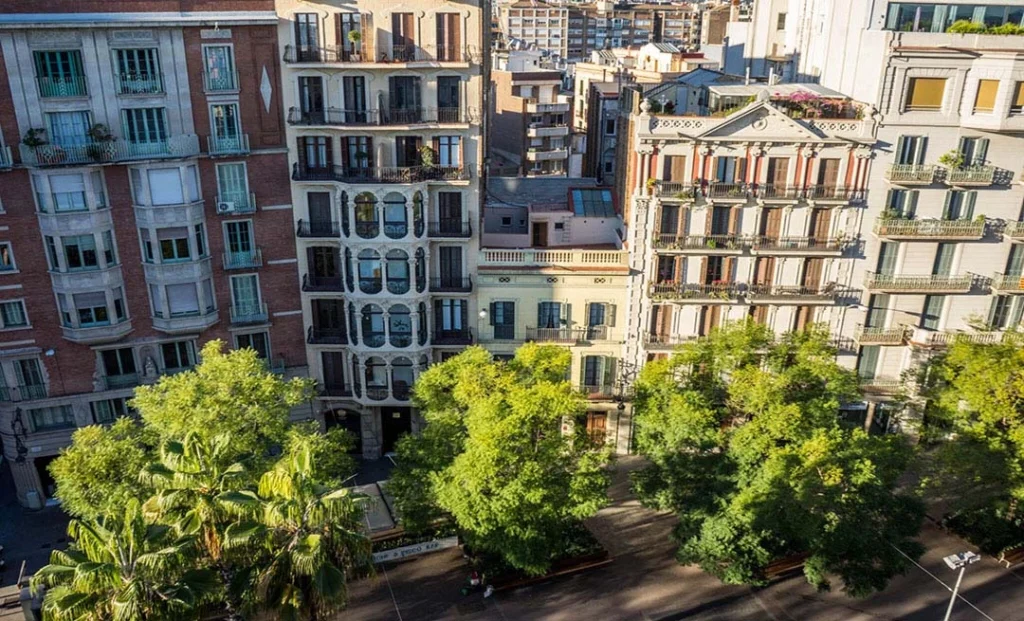
Projecting Barcelona in 2028: A Multi-Faceted Analysis (cont.)
The Revival of Neighborhood Life
- Return of “Proximity Commerce”: As the resident-to-tourist ratio changes, the commercial environment will evolve. We foresee that souvenir shops will decrease and businesses catering to people’s everyday needs will increase: fresh food markets, hardware stores, local bakeries, and repair shops.
- Strengthened Social Fabric: With permanent neighbors taking the place of a transient population, there is expected to be a renewed sense of community. Residential buildings will be less noisy, and public squares can be expected to move away from being photo backdrops to real community spaces.
A Restructured Tourism Economy
- A Boon to the Hotel Industry: The official hotel industry will be the main beneficiary, capturing the demand from the now-removed STRs. This should result in more formalized, secure employment in the hospitality industry with improved wages and working conditions than the usually insecure “gig work” of the STR industry.
- A Drive for “Higher-Quality” Tourism: The policy complements the city’s overall strategy to move away from an approach based on sheer numbers and move towards one of generating more “higher-quality” tourism—people who linger, spend, and experience more.
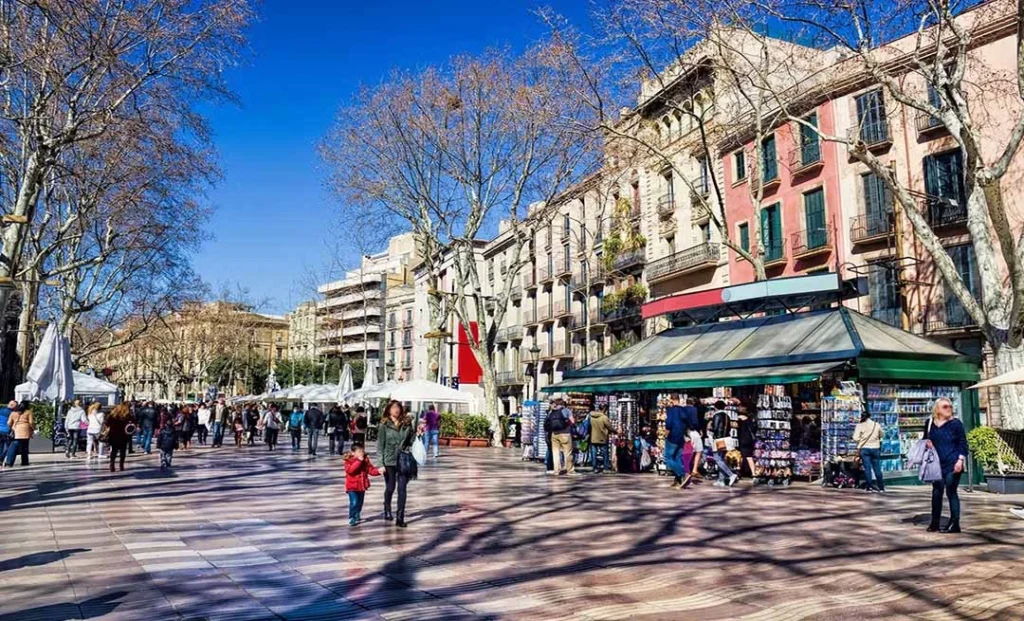
Discussion: A Bold Gamble with Global Implications
Barcelona’s action is a high-risk city experiment with far-reaching consequences and global influence.
- The Black Market Threat: The most immediate threat is the likelihood of the STR market simply going underground. Without strong enforcement, the city might see a new issue of an untaxed, unregulated black market, further complicating management.
- Economic Disruption and Equity: The prohibition will certainly engender economic hardship for private hosts who depend upon the revenue and for the thousands of people working in the ancillary STR service economy. The city will have to carefully navigate this transition to prevent adverse effects on its most marginalized workers.
- A New Playbook for Global Cities? Barcelona is making a strong example. Other cities such as Lisbon, Amsterdam, Prague, and New York, all of which are struggling with the same issues, will be paying close attention. If it succeeds, Barcelona’s ban might become the new playbook for cities looking to take housing back for residents, essentially making real Henri Lefebvre’s “right to the city.”
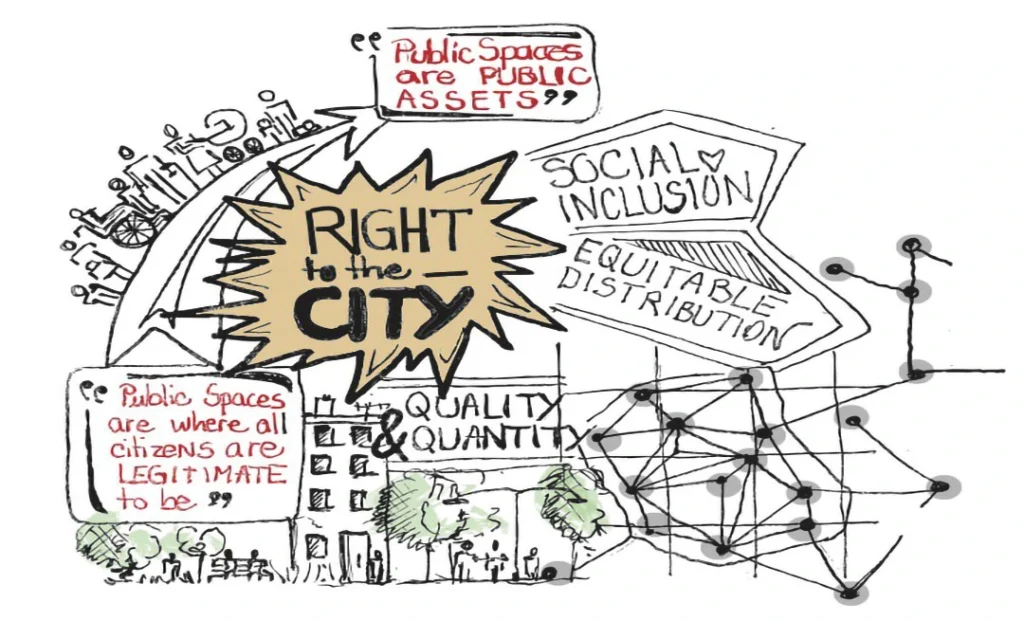
-1
-1
-1
-1
-1
Conclusion
Looking ahead to 2028, Barcelona is expected to be a more inhabited-feeling city, with a more stable housing market and a greater sense of neighborhood community in its old center. This change will have been at the expense of major disruption to its tourism industry and the livelihoods tied up in it.
The ban on Airbnb is a historic risk. It is an experiment to see if a city can de-commodify housing and value the welfare of its permanent inhabitants over the needs of international tourism capital. The Barcelona of 2028 will not be a city with issues, but it will be a deeply significant test case. It will provide a physical, scale-model solution to one of the most urgent city questions of our day: Who is the city for?
References
- Ajuntament de Barcelona. (2017). Pla Especial Urbanístic d’Allotjaments Turístics (PEUAT).
- Cocola-Gant, A. (2018). Tourism gentrification. In L. Lees & M. Phillips (Eds.), Handbook of Gentrification Studies. Edward Elgar Publishing.
- Lefebvre, H. (1996). Writings on Cities. (E. Kofman & E. Lebas, Trans.). Blackwell.
- Wachsmuth, D., & Weisler, A. (2018). Airbnb and the rent gap: Gentrification through the sharing economy. Environment and Planning A: Economy and Space, 50(6), 1147-1170. https://doi.org/10.1177/0308518X18778033
- Yrigoy, I. (2019). Rent gap reloaded: Airbnb and the shift from residential to touristic rental housing in the Palma Old Quarter in Mallorca, Spain. Urban Studies, 56(13), 2709-2726. https://doi.org/10.1177/0042098018803261

Sauhard Kukreti
About the Author
Sauhard Kukreti is an architect currently advancing their expertise through a Master’s degree in Planning, specializing in Regional Planning. Their academic and professional interests are deeply rooted in regional planning and development policies, with a focus on sustainable and efficient regional transportation and rural development. They are also keenly interested in the natural environment and its conservation, addressing climate change impacts and mitigation strategies. Furthermore, Sauhard Kukreti explores the integration of artificial intelligence and machine learning to innovate within the field of regional planning.
Related articles


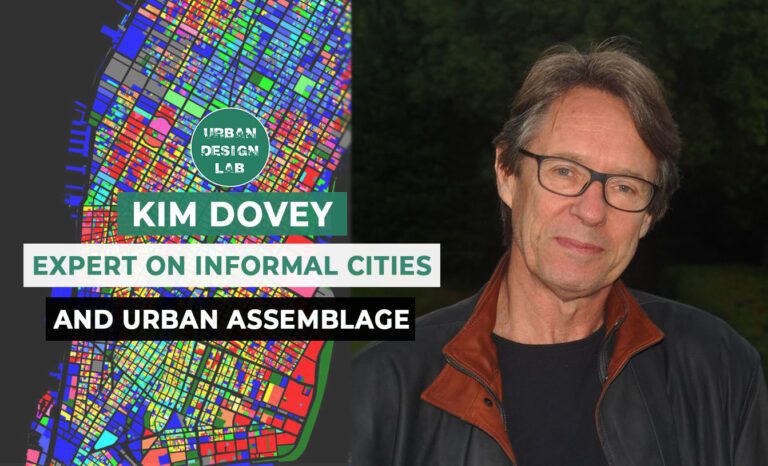
Kim Dovey: Leading Theories on Informal Cities and Urban Assemblage
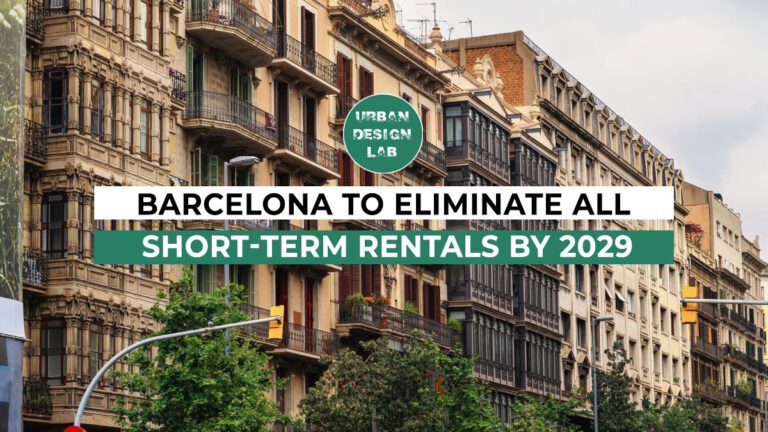
Barcelona to Eliminate All Short-Term Rentals by 2029
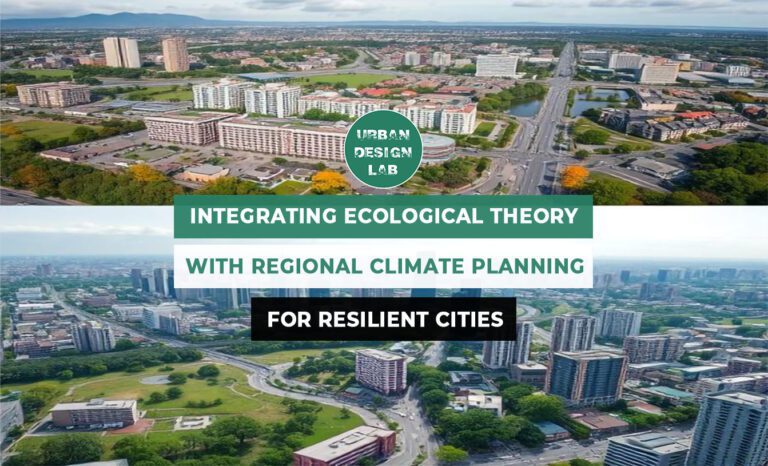

UDL GIS
Masterclass
Gis Made Easy- Learn to Map, Analyse and Transform Urban Futures
Session Dates
15th-19th December 2025

Urban Design Lab
Be the part of our Network
Stay updated on workshops, design tools, and calls for collaboration
Curating the best graduate thesis project globally!
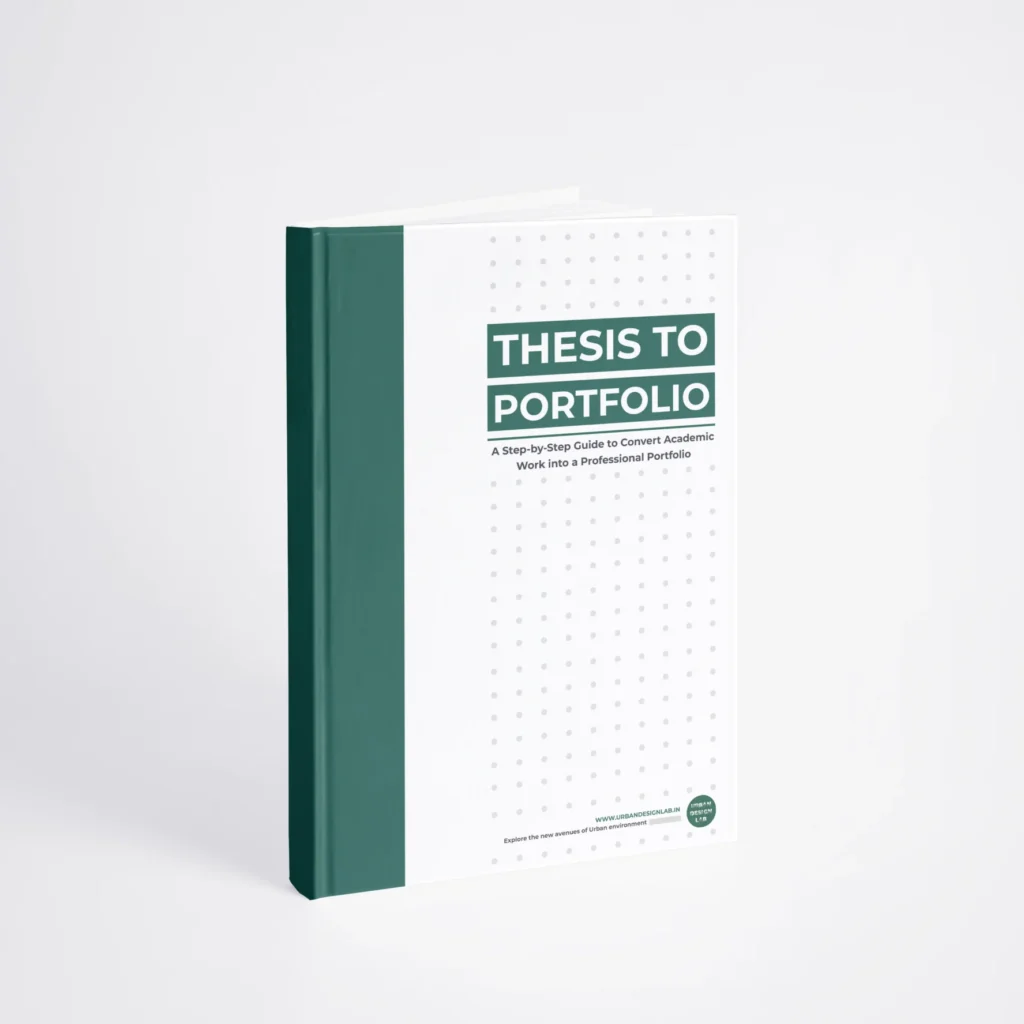
Free E-Book
From thesis to Portfolio
A Guide to Convert Academic Work into a Professional Portfolio”
Recent Posts
- Article Posted:
- Article Posted:
- Article Posted:
- Article Posted:
- Article Posted:
- Article Posted:
- Article Posted:
- Article Posted:
- Article Posted:
- Article Posted:
- Article Posted:
- Article Posted:
Sign up for our Newsletter
“Let’s explore the new avenues of Urban environment together “


